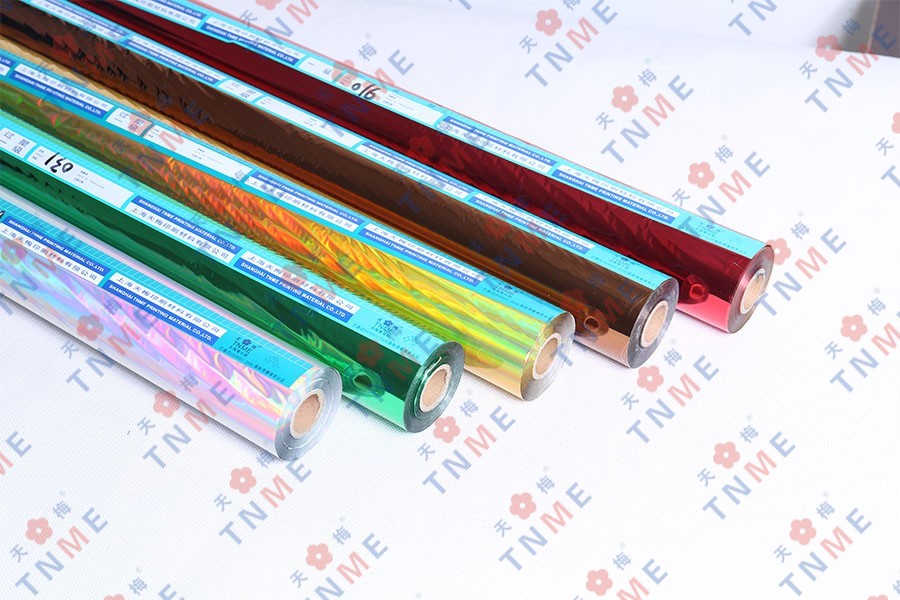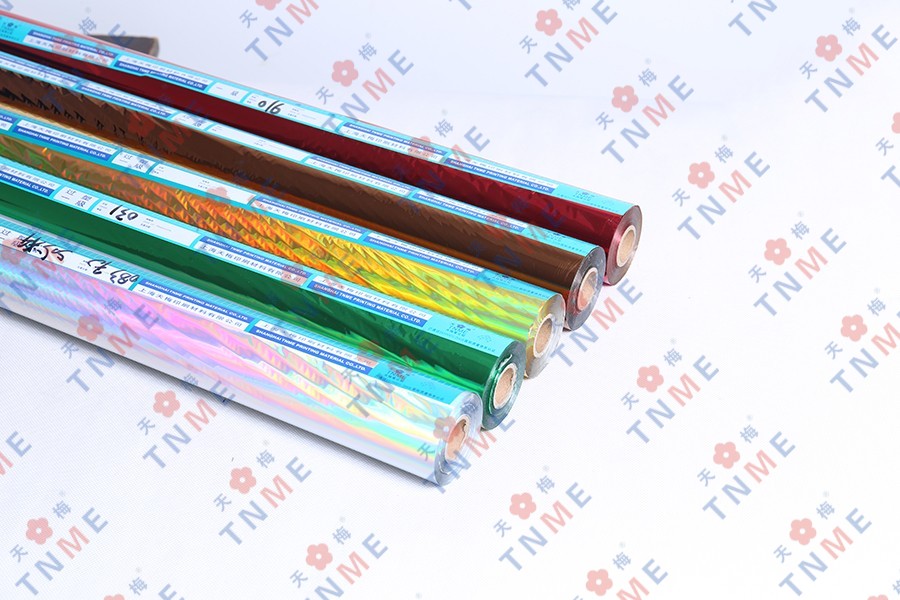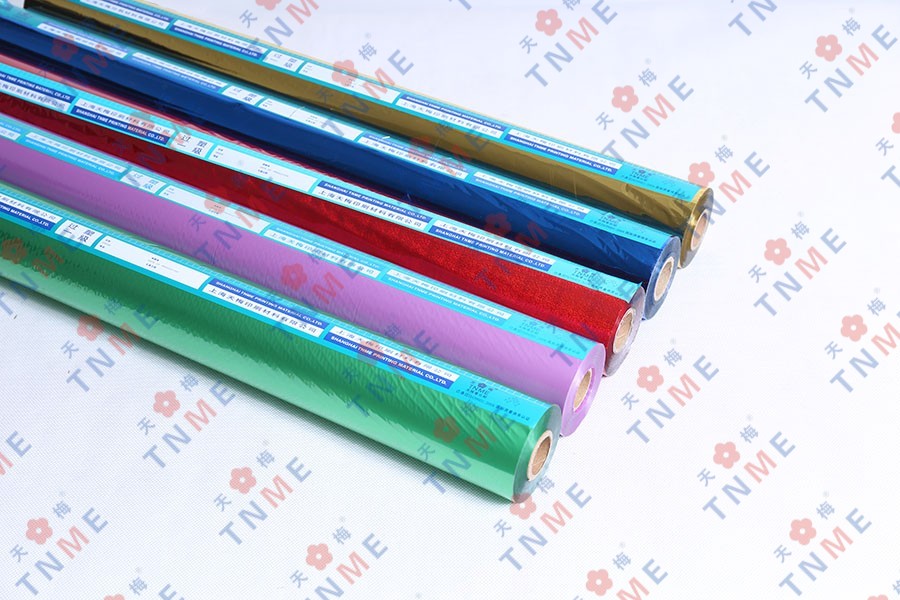Are there any environmental considerations or concerns related to the production and use of Pearl Foil?
Author:admin Date:2024-01-04
Pearl foil, also called pearlized foil, is a form of decorative fabric this is broadly utilized in numerous industries such as packaging, printing, and crafts. While it provides a unique and visually appealing element to merchandise, there are certain environmental issues and concerns associated with its production and use.
1. Resource Extraction: Pearl foil is commonly crafted from thin plastic movies with a pearlized coating. The primary component of those movies is usually a non-renewable useful resource such as polypropylene, polyester, or polyethylene. The extraction of those assets can have negative environmental influences, inclusive of habitat destruction, water pollution, and carbon emissions associated with extraction and transportation.
2. Energy Consumption: The production of pearl foil requires huge quantities of power. The production process involves coating the plastic movie with a pearlized end, which requires drying and curing to make sure the durability of the end. The energy-intensive nature of these procedures contributes to greenhouse gas emissions and the depletion of finite energy assets.
Three. Water Consumption: In addition to electricity consumption, the production of pearl foil additionally entails the use of water for cleansing and cooling purposes. The water used within the manufacturing technique can also include chemical compounds or additives that may be harmful to aquatic ecosystems if not well treated or disposed of. Excessive water consumption can also pressure neighborhood water resources in areas where water scarcity is an problem.
Four. Waste Generation: The production and use of pearl foil generate substantial quantities of waste. During the manufacturing technique, there is a considerable amount of plastic scrap this is discarded as waste. This waste desires to be properly controlled to prevent it from getting into landfills or polluting natural environments. Additionally, the usage of pearl foil in packaging or different merchandise often outcomes in unmarried-use items that make contributions to the growing hassle of plastic pollutants.
Five. Recycling Challenges: Pearl foil may be hard to recycle due to its complex shape and mixture of various materials. The pearlized coating is often difficult to separate from the plastic film, making it less economically possible for recycling facilities. As a result, a huge part of pearl foil finally ends up in landfills or incinerators, contributing to the accumulation of plastic waste and its associated environmental influences.
6. Chemical Usage: The pearlized end at the foil frequently consists of numerous chemical compounds and components important for reaching the desired look and sturdiness. These chemical compounds can encompass pigments, dyes, solvents, and binders, amongst others. Improper dealing with and disposal of these chemical substances can lead to water and soil contamination, posing dangers to human health and ecosystems.
Mitigation Strategies:
- Sustainable Material Alternatives: Exploring and adopting alternative substances for pearl foil manufacturing which can be more environmentally pleasant and sustainable, inclusive of biodegradable or compostable films, can assist lessen the terrible environmental affects of pearl foil.
- Energy and Water Efficiency: Implementing power-efficient manufacturing methods, along with the usage of renewable energy resources and optimizing drying and curing strategies, can help lessen power consumption and associated greenhouse gas emissions. Similarly, imposing water-saving measures, which includes recycling and reusing water, can help decrease water consumption.
- Recycling and Waste Management: Investing in research and development to find powerful strategies for recycling pearl foil and promoting the use of publish-client recycled content can help reduce the amount of waste generated and minimize the environmental affects associated with its manufacturing.
- Chemical Management: Ensuring proper handling, garage, and disposal of chemical compounds used inside the production of pearl foil can prevent water and soil infection. Companies must adhere to strict regulatory hints and put in force appropriate measures to decrease chemical usage and maximize employee and environmental protection.
In conclusion, whilst pearl foil gives aesthetic appeal and functionality in diverse applications, its manufacturing and use have environmental implications. Addressing those issues via sustainable fabric alternatives, strength and water performance, recycling and waste management, and proper chemical management can help mitigate the environmental impacts associated with pearl foil.




 English
English 中文简体
中文简体

















